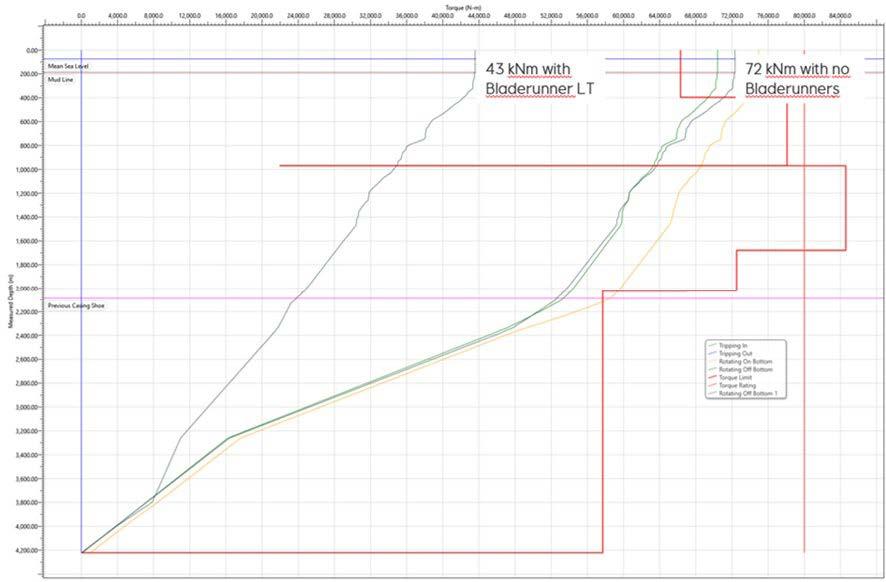Marwell and VICTUS - BLADERUNNERLT
47% Torque reduction achieved on major Norwegian field development with Bladerunner LT
Application
Technology
Locations
Foreword
Marwell are specialists in wellbore construction and completion. Born from the understanding that each well and each formation presents its own unique challenges, we have set out to develop and apply new and exciting technologies for ever-more challenging applications.
To do this, we have partnered with industry-leading companies from across the globe to offer tailored solutions that are not available elsewhere on the market. Combining proven tools with our engineering approach we apply well-first thinking.
Our partners Varel Energy Solutions are widely recognized for their products ingenuity, performance and reliability. Their Bladerunner centralizers are renowned for having ultra low friction characteristics and high strength construction.
Through a shared drive towards building leading partnerships, Varel and Marwell work together to provide well construction solutions you can rely on. Having delivered Varel’s flagship products to 17 wells and counting, the results from this major Norwegian field development speak for themselves.
Challenge
A major operator in Norway had challenges with rotating the 9 5/8” production liner during cementing on some of their longer 12 ¼” sections. The liner was set into top of the reservoir and the cement job is a critical barrier towards the reservoir. Bow spring centralizers were used on the first wells, but very high torque readings up to a friction factor of 0.55 were experienced. Analysis of torque and drag showed high friction factors related to the Shetland formation with normal friction factors above and below.
Solution
To reduce rotational friction in the Shetland formation the Bladerunner Low Torque (LT) centralizers from Varel Energy Solutions were selected in the more challenging wells. Low friction Teflon bands in the bore of the centralizer ensure extremely low start up torque when the liner is rotated during the cementing process.
Results
Bow spring centralizers, Expandolizers SS, were run in the cemented area of the liner to ensure maximum stand-off to get a good cement job. On more challenging wells, Bladerunner LT were run in addition to bow springs to cover the high torque area in the Shetland formation. As can be seen from the below simulation, surface torque was reduced from 72 kNm to 43 kNm with Bladerunner LT. Actual torque during cementing was 38-44 kNm and matched the simulated torque. The combination of bow spring in the cemented interval and Bladerunner in the high torque area gives both high stand-off and the ability to rotate the liner during the cement job to ensure the best possible outcome.
On the most challenging wells, Bladerunner LT’s were run along the entire 9 5/8” liner to enable rotation of the liner during cementing as liner rotation was shown to be critically important in order to achieve a good cement job.

